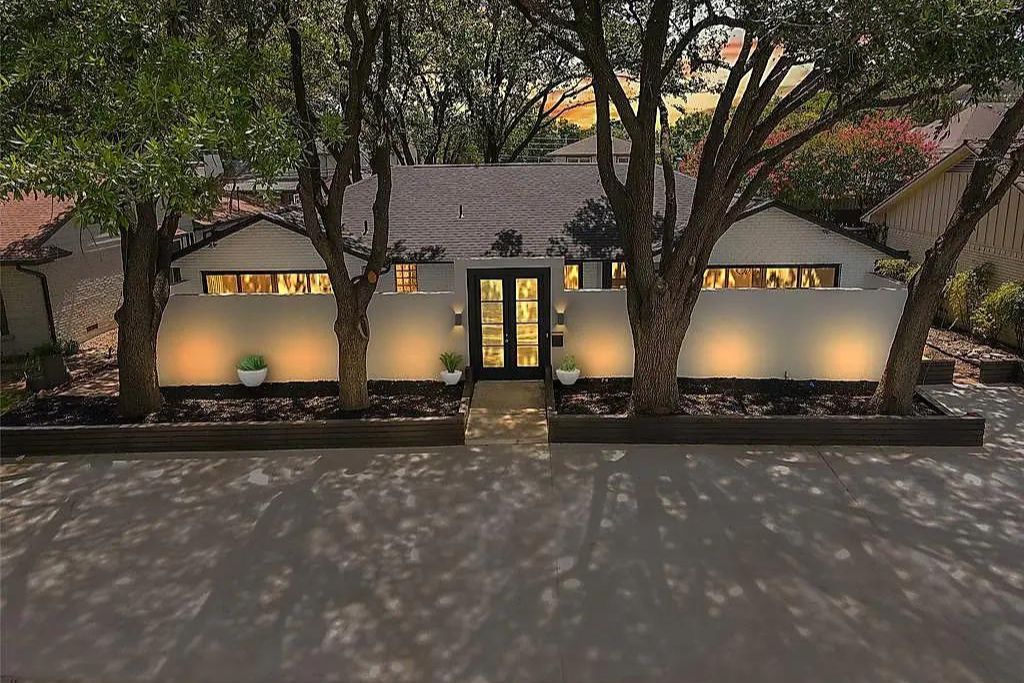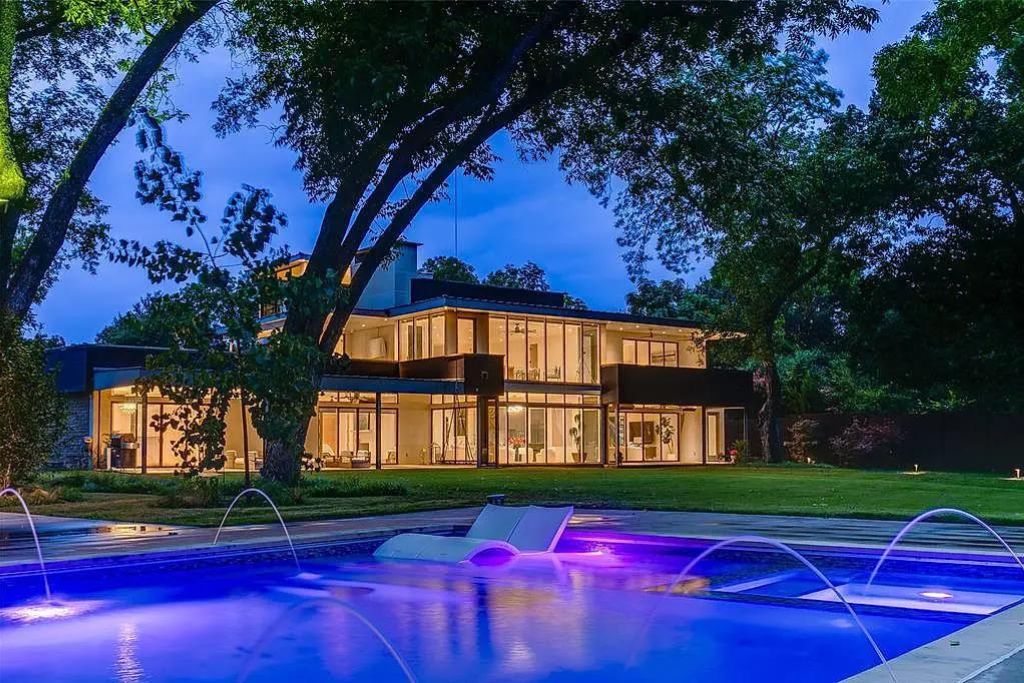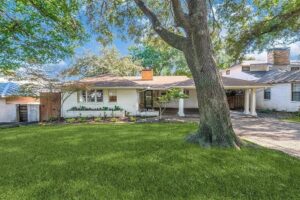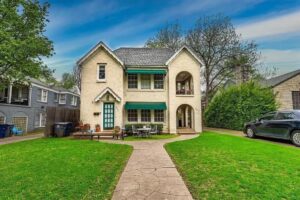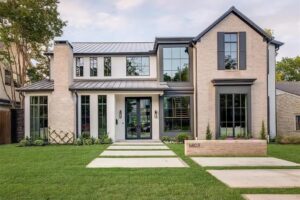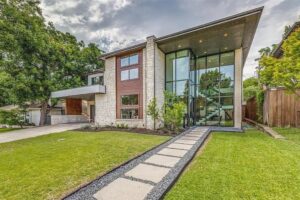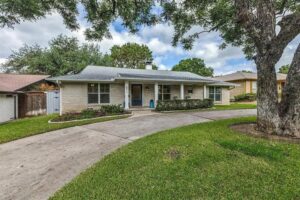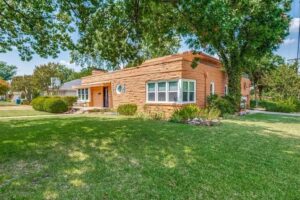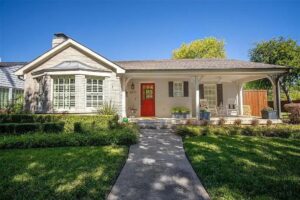Unveiling the Architectural Splendor of Lakewood
The architectural splendor of Lakewood sets the stage for this Dallas neighborhood’s storied history. Beginning in the 1920s, Lakewood quickly became a sought-after residential area, attracting prominent oilmen and merchants. Their influence was instrumental in shaping the neighborhood’s growth and architectural landscape. This diverse range of home styles, from the inception of Lakewood to the present day, continues to define its unique character and appeal.
The historical significance of Lakewood’s establishment is evident in the architectural styles that have flourished within its distinct neighborhoods. For instance, the English-style estate homes designed by architects Dines and Kraft are prominent examples of the neighborhood’s architectural diversity, reflecting the opulence and grandeur that characterized the early development of Lakewood. Furthermore, the homes designed by Clifford D. Hutsell and Charles S. Dilbeck also contribute to the rich architectural tapestry of Lakewood, showcasing the influence of renowned architects on the neighborhood’s built environment. This historical perspective underscores the enduring charm and cultural heritage that define Lakewood as a noteworthy neighborhood in Dallas.
Homes For Sale in Lakewood Dallas
Architectural Diversity in Lakewood Dallas
The architectural diversity of Lakewood Dallas, often showcased by Lakewood real estate agents, is a testament to the rich history and distinctive character of the neighborhood. Specifically, one of the prominent architectural styles in Lakewood is the English-style estate homes, designed by the renowned architects Dines and Kraft. As a result, these homes, highlighted by Lakewood real estate agents as prime examples of the area’s architectural heritage, stand as timeless showcases of the grandeur and elegance of the 1920s era. They reflect the depth and variety of Lakewood’s architectural landscape, further emphasized by the expert insights of Lakewood real estate agents who are keen on presenting the unique qualities of each home to interested buyers.
The Architects Behind the Splendor of Lakewood: Contributions of Clifford D. Hutsell and Charles S. Dilbeck
In addition to the English-style estate homes, the architectural landscape of Lakewood Dallas is further enriched by the contributions of other notable architects such as Clifford D. Hutsell and Charles S. Dilbeck. Their unique designs and innovative approach to architecture have left an indelible mark on the neighborhood, with their homes seamlessly blending into the diverse architectural fabric of Lakewood. For instance, the “Dilbeck triplets,” fine examples of French Norman architecture built in the 1930s, are a striking representation of Charles S. Dilbeck’s distinctive architectural style is characterized by intentionally quirky details and changes in materials and scale.
Furthermore, the Lakewood Conservation District and Country Club Circle play a pivotal role in preserving and showcasing the area’s architectural and historical heritage. The homes within these areas reflect the architecture and scale of the district, offering a glimpse into the past while maintaining their timeless appeal. For instance, 6633 Country Club Circle stands as an architecturally significant Dines and Kraft home, exemplifying the grandeur and artistry of the English-style estate homes that define the neighborhood’s architectural diversity. These architectural gems not only add to the visual splendor of Lakewood Dallas but also serve as living testaments to the rich history and architectural significance of the area.
Prominent Homes and Architectural Features
Lakewood Dallas is famous for its architecturally significant homes. They embody the architectural splendor of Lakewood. One notable example includes the English-style estates by Dines and Kraft. These reflect the grandeur and elegance of the 1920s. Such estates showcase Lakewood’s architectural diversity. They highlight the architectural splendor of Lakewood through exquisite details and sprawling layouts.
Besides these estates, Lakewood also hosts the “Dilbeck triplets.” These homes are prime examples of 1930s French Norman architecture. Known for quirky features, they show changes in materials and unique details. They reflect the architectural uniqueness of Lakewood Dallas.
By preserving these homes, Lakewood keeps its historical and architectural heritage alive. It becomes a living museum of unique residential designs for future generations.
These architecturally significant homes add to Lakewood Dallas’s visual splendor, a feature that any luxury realtor would highlight to potential buyers. They are a living testament to the architects’ creativity and vision, as often pointed out by a luxury realtor familiar with the area. Their enduring presence highlights the historical and cultural significance of Lakewood Dallas, something a luxury realtor can provide insights on. These homes are key to the neighborhood’s identity and allure, with their unique charm and history being a focal point in the marketing strategies of luxury realtors.
Architectural Tours and Events
Lakewood Dallas hosts many architectural exploration opportunities, with lakewood real estate agents often playing a crucial role in showcasing the area’s unique properties. A key event is the upcoming home tour, which features the “Dilbeck triplets” and other significant homes, a highlight that Lakewood real estate agents frequently promote. This tour offers a chance to see iconic structures and understand their history, allowing visitors to learn about the unique features of homes designed by renowned architects. This enriches their appreciation for Lakewood’s architectural diversity, thanks to the insights and guidance provided by Lakewood real estate agents.
Additionally, there are various resources and tours for those interested in Lakewood’s architecture. These cater to different interests. Options include exploring English-style estates by Dines and Kraft. Others highlight works by Clifford D. Hutsell and Charles S. Dilbeck. The significance of the Lakewood Conservation District and Country Club Circle is also featured. These resources offer an immersive experience. They help individuals understand the architectural history of Lakewood Dallas.
Role of Realtors and Preservation Efforts
Prominent realtors, such as Dustin Pitts, play a crucial role in preserving the architectural heritage of Lakewood Dallas. Importantly, they focus on maintaining the unique features of homes in the neighborhood. Consequently, this dedication helps safeguard Lakewood’s historical and architectural significance for future generations.
Moreover, Dustin Pitts, a professional real estate agent in Dallas, TX, specializing in Lakewood, actively showcases homes with significant architectural value. For instance, he highlights the works of architects like Dines and Kraft, Clifford D. Hutsell, and Charles S. Dilbeck. His expertise has played a crucial role in the recognition and preservation of these historic properties. Such efforts significantly enhance the area’s architectural and historical heritage.
Furthermore, realtors like Pitts engage deeply in preservation efforts. Not only do they actively advocate for conserving architecturally significant homes and neighborhoods, but they also play a pivotal role in the broader initiative to safeguard Lakewood’s historical essence. Consequently, their work is crucial in maintaining the integrity and charm of Lakewood Dallas. As a result, and importantly, they ensure the protection and cherished status of these architectural gems for years to come.


